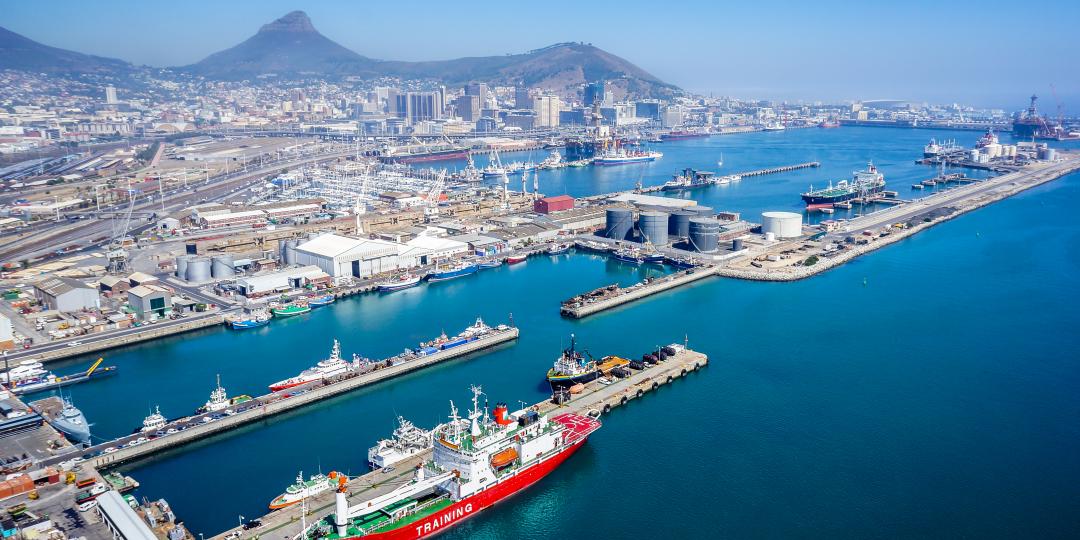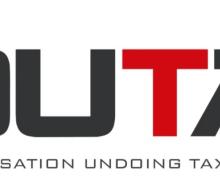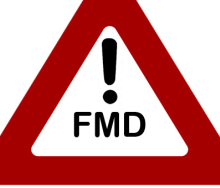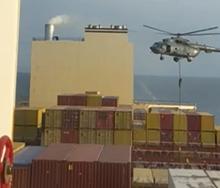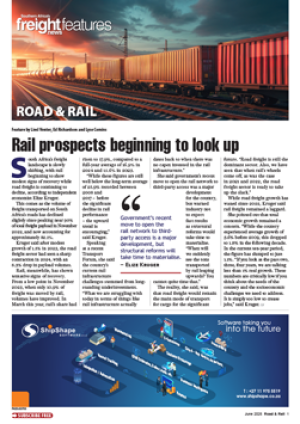Bunker volumes in South Africa are continuing to drop despite the country’s strategic location as a bunker supply centre.
According to Professor Trevor Jones, director at the maritime unit, Law & Maritime Studies, at the University of KwaZulu-Natal, volumes have been falling since the early nineties.
“In Durban and in Cape Town at least 60% of the business has been lost over the past few decades and volumes are now at the lowest since 1991.”
Jones said South Africa serviced two types of bunker markets. “One has the cargo-working ships that are calling the port anyway and are in part captive to the port cluster. These vessels are somewhat less price elastic but the prediction is that this market will be possibly even less captive come 2020.”
He said in terms of bunker-only callers that had no other links with South African sea trade, high port costs continued to keep business away.
“It is a highly cost-sensitive industry which is very competitive. Our port costs are a concern,” said Jones.
Speaking at the recent International Bunker Industry Association (Ibia) conference in Cape Town, he said bunkering created a series of revenue streams for port authorities and the ships agency sector.
In the 2016/17 financial year only 612 vessels, called at the Port of Durban for bunkering only.
According to Jones, other than the high port costs, the increasing number of offshore ship-to-ship operations in Algoa Bay had also affected bunker volumes as had increased regional competition from Port Louis in Mauritius.
Jones said the planned fuel sulphur cap, set to be introduced by the International Maritime Organisation (IMO) on January 1 next year, was likely to exacerbate the situation and attracting more bunkering volumes would become increasingly difficult.
